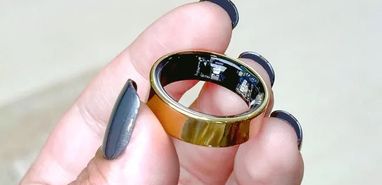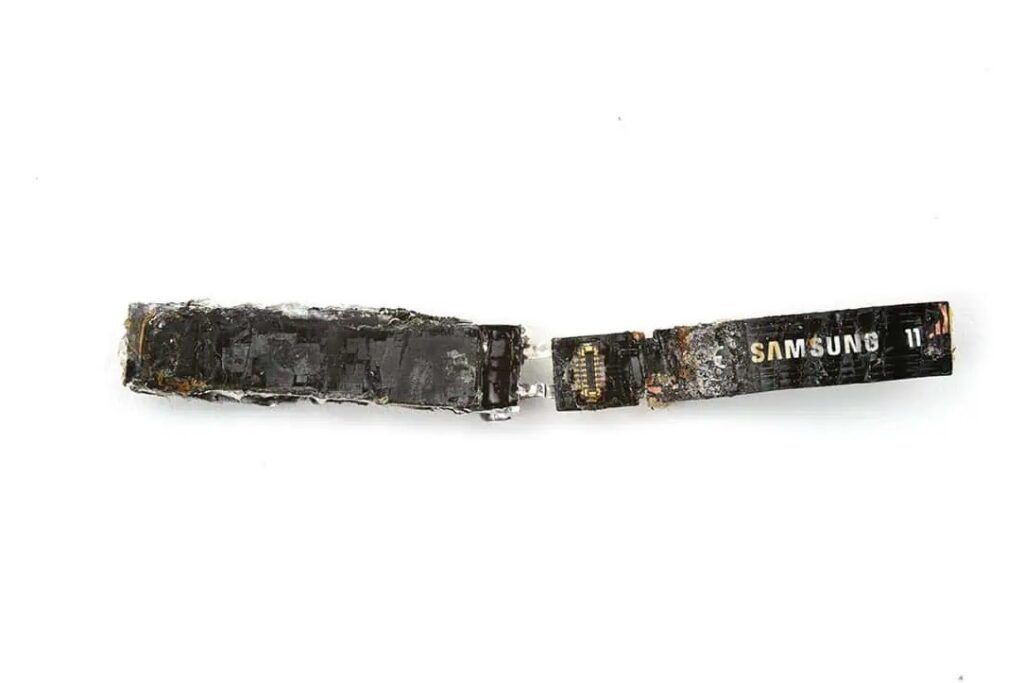
As modern consumer electronics become more compact, their repairability diminishes, and Samsung’s Galaxy Ring exemplifies this trend. A recent teardown reveals that accessing the internal components of the wearable device requires complete disassembly, making any repair attempts nearly impossible. With a tiny battery inside, it’s unsurprising that the Galaxy Ring is not built to last more than a couple of years.
Teardown Exposes Galaxy Ring’s Disposable Nature and Short Lifespan

iFixit’s teardown of the Galaxy Ring revealed that there are no screws to secure its outer and inner shells. The only way to reach the PCB (Printed Circuit Board) is by breaking it apart, which clearly indicates that Samsung did not design this product with longevity in mind. For most consumers, the Galaxy Ring is a secondary device, not essential like their smartphone, so the likelihood of anyone attempting repairs to extend its life is slim. However, iFixit points out that, like Samsung’s Galaxy Buds 3, the Galaxy Ring’s short lifespan contributes to the growing problem of e-waste.
Samsung has impressed with its engineering prowess, challenging competitors like Oura with the Galaxy Ring. However, potential buyers need to consider the product’s lifespan before purchasing. If you’re looking for a health-focused device that you’ll replace within a few years, the Galaxy Ring might be suitable for you. And, when the battery inevitably fails to hold a charge, you can still wear the ring as a fashion statement, though it will no longer serve its original purpose.
Key Considerations Before Buying Samsung’s Galaxy Ring

The Galaxy Ring showcases Samsung’s ability to innovate, but its disposable nature raises concerns. Consumers should weigh the pros and cons before investing in a device that might only last for two years. With the current focus on sustainability, products like the Galaxy Ring contribute to the e-waste problem, a significant issue in today’s tech industry.








By Andrej Kovacevic
Updated on 20th May 2025